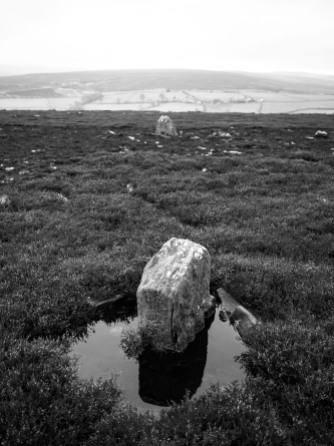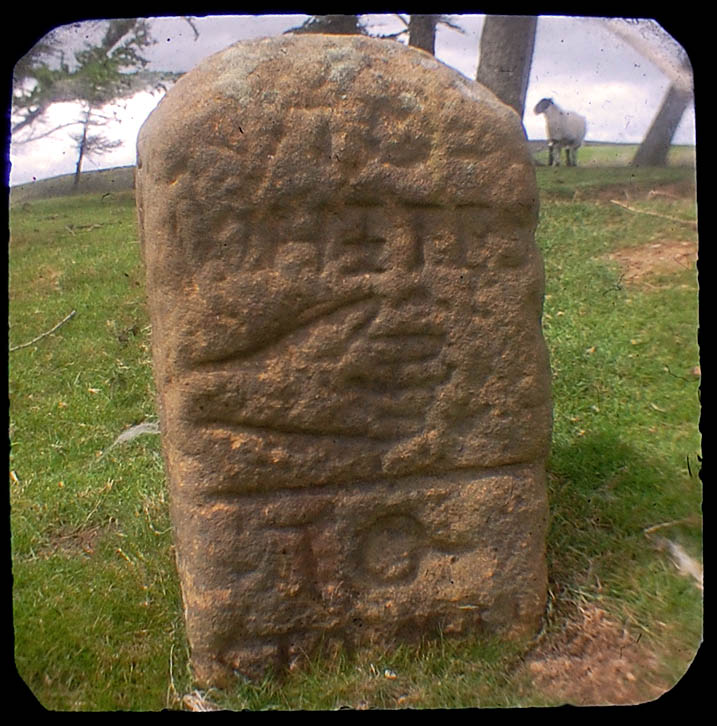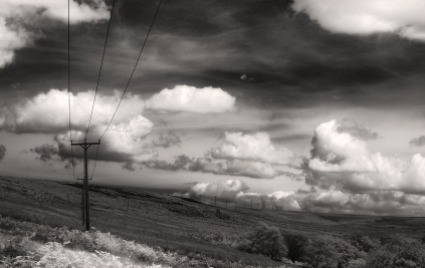We needed a walk but didn’t want to travel far from home…Thunderbush Moor along the Whiteley Beck valley and then up to North Ings and the wonderful Bride Stones.
The trees planted in the valley are growing well. In a few years this will be a lovely broad leaf woodland


Someone has decorated a tree in memory of a lost friend. Amongst other things they have left a beautiful photograph, a joyful scene.
A painting has been added to the memorial to the two pals who lost their lives during the First World War

The heather is low on the edges of the prehistoric cairnfield, a trio of burial cairns poke through the peat beside the path.
We follow the Bride Stones from the valley head onto Skelderskew Moor .
I wrote a post on the history of this short valley here https://teessidepsychogeography.wordpress.com/2014/06/08/stones-shakespeare-and-men-of-the-moors/


























































